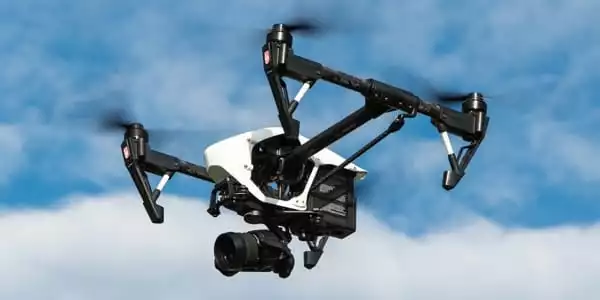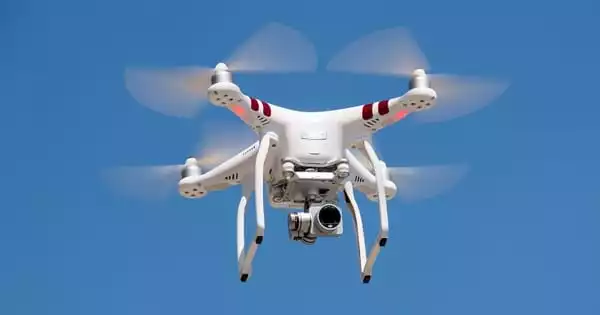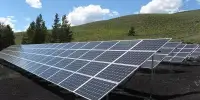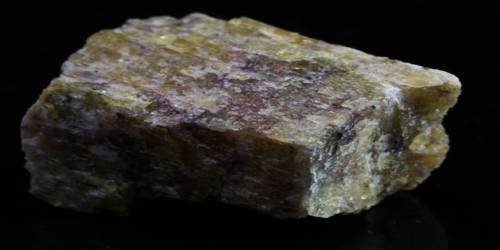Ailerons, which are hinged flaps on conventional aircrafts, help adjust the tilt of the plane during flight. Scientists have long sought to create an airplane that, like birds, can change or morph its wing during flight. There are numerous kinds of morphing wings.
The aviation sector is under pressure from numerous sources, including rising fuel prices and growing scrutiny of its aircraft’s environmental and quality-of-life implications. Researchers are always seeking for new ways to save costs while increasing overall efficiency, and the relatively young market of unmanned aerial vehicles (UAVs) or drones is no different.
UAVs are taking up more and more space in aviation circles. Suong Hoa and his student co-authors describe a way for making UAV wings cheaper to construct and more efficient in flight in a recent research published in the journal Composite Structures.
Our paper shows that a UAV using this kind of wing can support a good amount of load for small or medium-sized vehicles. The aim is to have a wing that can readily change shape during flight, which would be a huge advantage over fixed-wing aircraft.
Suong Hoa
Hoa is a mechanical, industrial, and aerospace engineering professor at the Gina Cody School of Engineering and Computer Science. The authors conducted a feasibility analysis on the implementation of a new technology to construct adaptive compliant trailing edge (ACTE) morphing wings using a process Hoa pioneered known as 4D printing of composites. The experimental technique substitutes a hinged wing flap for one that is attached to the main wing body but can bend up to 20 degrees.
“Our paper shows that a UAV using this kind of wing can support a good amount of load for small or medium-sized vehicles,” says Hoa, director of the Concordia Centre for Composites.
When compared to a standard plane flap airfoil, the morphing wing incorporating ACTE structures can improve aerodynamic and flow separation characteristics, leading in increased fuel economy. In contrast to standard wing structures, which must be strong, structure flexibility is preferred in morphing wings. Composites are anisotropic materials that are stiff in the fiber direction while being flexible in the perpendicular direction to the fibers. Corrugated composite constructions are also flexible in the corrugation direction while being rigid in the transverse direction. Based on these characteristics, morphing wings made of corrugated composites are projected to endure bending loads and rapidly change shape.

Using material reactions
4D printing is similar to 3D printing in that materials are changed from site to location. The distinct substance is employed because it is reactive to certain stimuli, such as water, cold, or heat. The initial printing is done on a flat surface, which is subsequently subjected to the stimuli, which causes a reaction and changes the shape of the surface. The changing configuration of the once-flat substance is referred to as the fourth dimension.
Composite 4D printing is more difficult. It relies on a sinewy combination of long, fine filaments held in place by a resin rather than the mushy, dough-like substance normally utilized by 3D and 4D printers. Each filament is only 10 microns thick, which is about one-tenth the diameter of a human hair. The filament-resin mixture is unrolled in ultra-thin layers at 90-degree angles from each other by the 4D composite printer. The layers are then compressed together and cured in an oven at 180 C before being chilled to 0 C, resulting in a rigid but not fragile product.
According to the scientists’ article, this allows them to build a segment of material with a consistent curvature that is sandwiched between the upper and bottom sides of the wing flap. It is flexible and sturdy enough to support the wing’s 20-degree deformation for flying maneuverability.
“The aim is to have a wing that can readily change shape during flight, which would be a huge advantage over fixed-wing aircraft,” Hoa explains. He feels composite 4D technology has enormous potential for a wide range of applications. The transportability of its products, he claims, is a key lure. “Because it is flat, it is simple to package and ship to remote locations ranging from Canada’s Far North to outer space.”
















